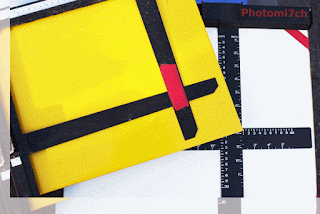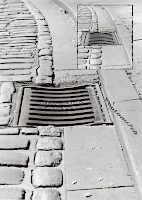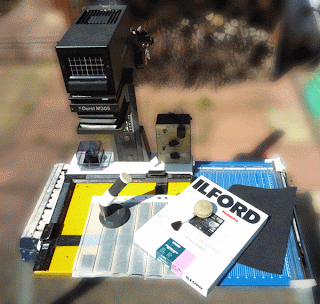Pinhole
cameras have been with us for a long time in all sorts of shapes and
sizes. Aristotle
wrote about this naturally occurring in the fourth century. It was
not until the 1850 s when the Scottish scientist Sir David Brewster
used a pinhole camera to produce the first photograph. It has taken
on many forms ever since!
Over recent years
the pinhole camera has come to the fore as a desired method of
producing a different style of photograph. This popularity has been
helped by the zero
image company, making some wonderfully crafted boxes for the
pinhole photographer. They are not just great looking collectibles
but are fully working cameras that take some excellent photographs.
They come in the three main formats of 35 millimetres, 120 medium
format and 5 x 4 large format.
This camera has
not been an easy acquisition for me, with several false starts I have
had to compromise to get a deluxe model but it is in my format of
choice if not the camera I really wanted for the project. Having said
that I am not disappointed with the multi format camera. On hindsight
this could be a good thing, as it allows me to play with the
different sizes that make up the 120 family at a later date.

So whats in the
box apart from a well crafted wooden camera that some quarters think
would make a good jewelry box. Thinking about it, I can see what they
mean with the multi format version!
- A plastic view finder marked out in the different 120 formats.
- A very nicely presented instruction manual that needs to be read if you are serious about getting the most from your camera.
- A grey cord? Not sure why this in the box.
- A certificate telling you who hand crafted your camera.
There are some
other bits of kit you need to gather before you stroll down the road
with your camera.
- A light meter unless you are going to use sun rule 16.
- A cable release is a good idea if you have the deluxe version as it removes any chance of camera shake.
- Tripod.
- A note-book and pencil is a good idea for recording frame numbers and exposure times. That then can be checked against the negatives once they have been developed. Giving you an indication as to whether you are over or under exposing.
























